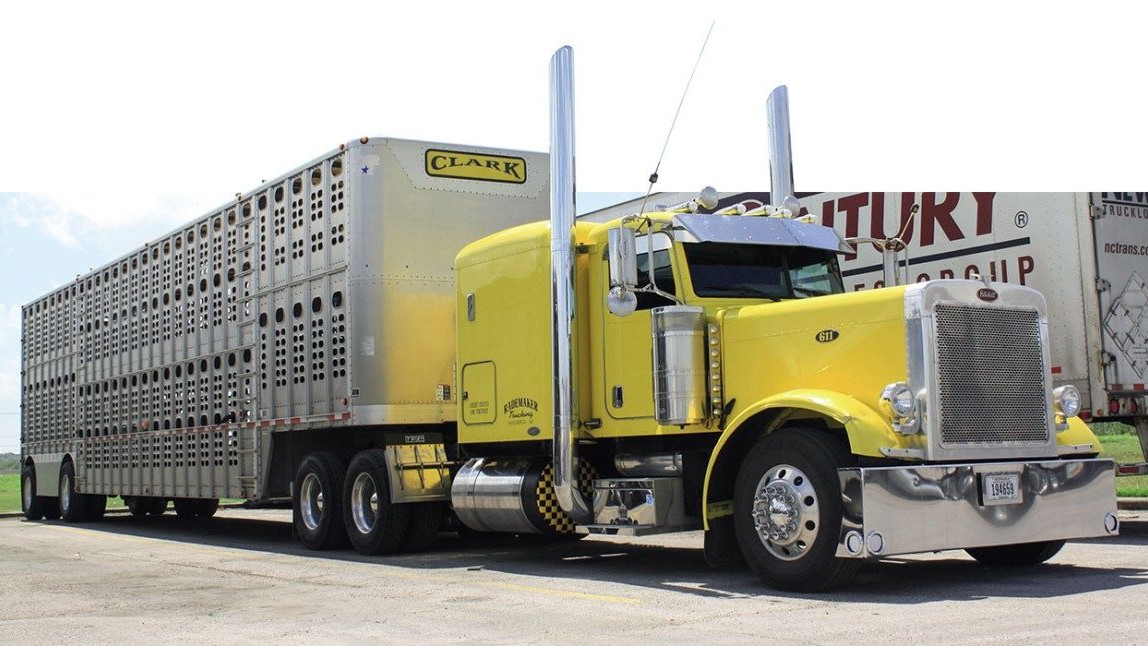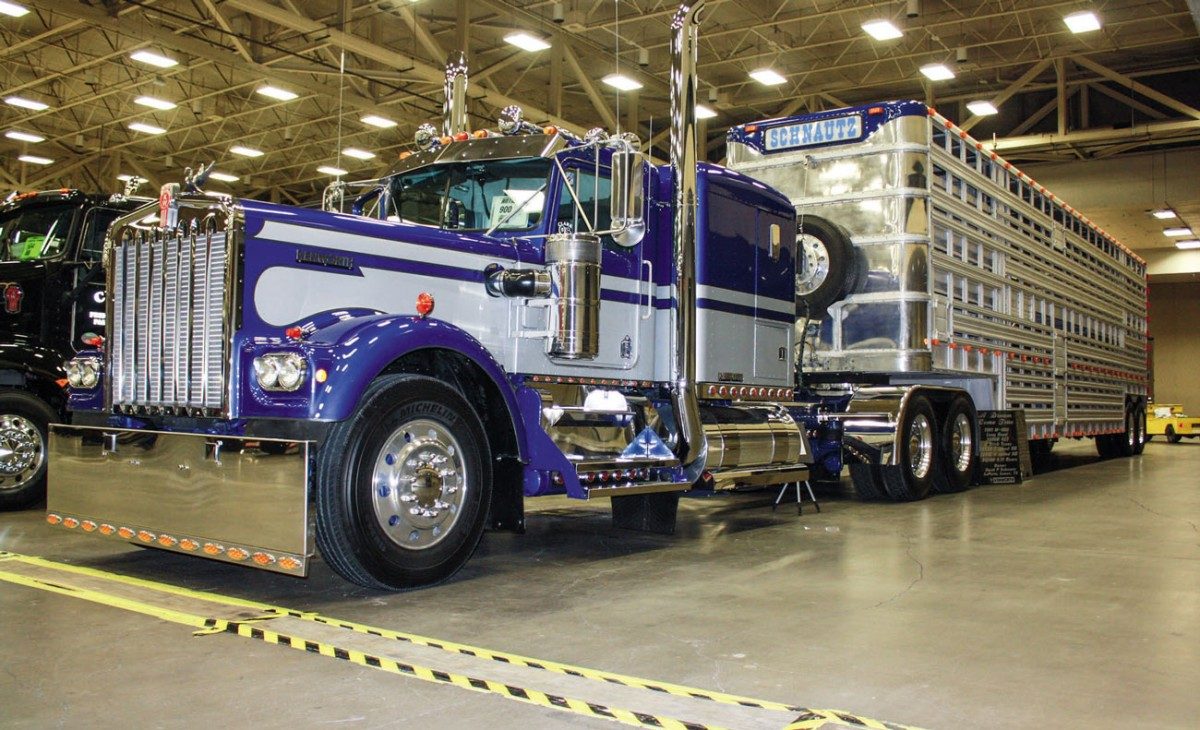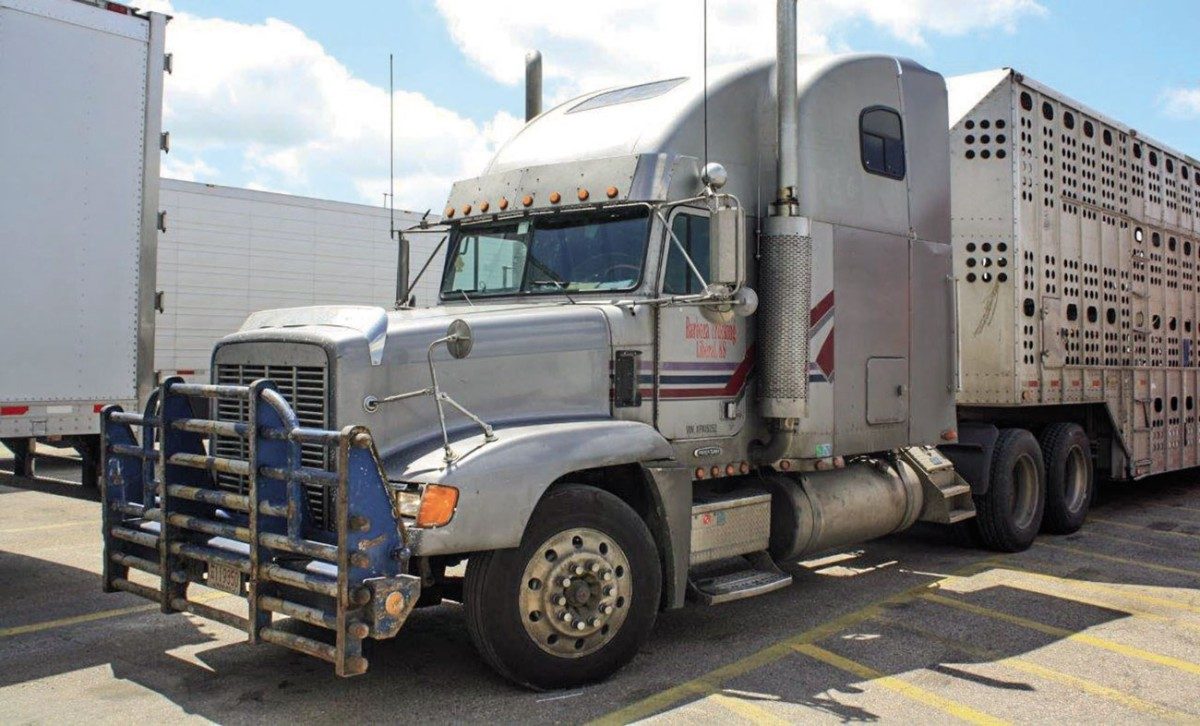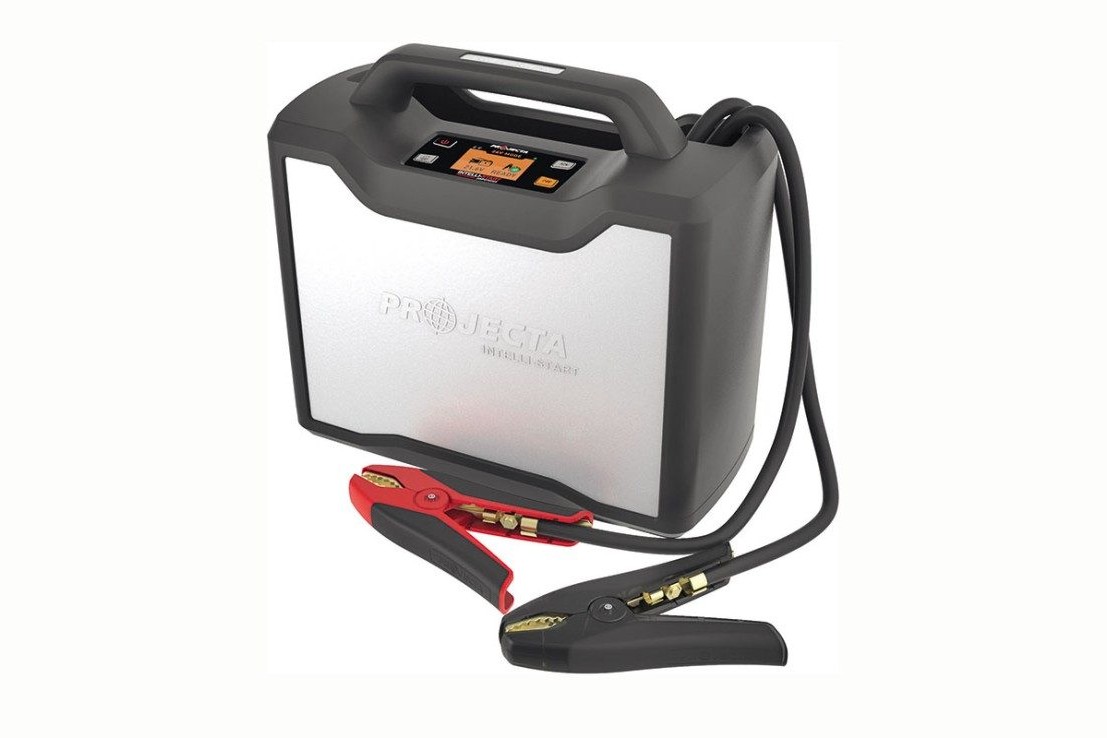
Myth is generally more exciting than the reality with most things in life. But, in the case of the ‘bull hauler, left lane’ myth, the truth is even more real.
It’s a common term heard over the CB radio in the United States and Canada. ‘Bull hauler, left lane’ is a warning for a hot-running, straight-piped, long bonnet loaded with beasts coming through well over the 70mph (112km/h) freeway limit.
This is the reality; livestock hauliers in the US enjoy a basically unbridled, unregulated, unpoliced free pass and enjoy the how-it- used-to-be type of running, which was common before the fun police came along with the many rules set by the EPA, ELS, DPF, DEF and whichever other regulator that grates your gears.
The many songs portraying the ‘trucking cowboy’ are usually immortalised with bull haulers – stock trucks that run hard and fast interstate with live cargo at will. The trucks are mainly long-bonnet glider kits from Peterbilt and Kenworth and traditional Freightliners. They all boast old non-EPA-regulated crate engines, twin sticks and traction-boosting diffs. All this means they can run 100mph (160km/h) or more … yes 100mph, loaded!
Many states have gazetted regulations typically free for all within a 150-mile (240km) radius of the livestock pickup which, when combined with the federal turn-a-blind-eye attitude, means no real regulation at all.

This also applies to those supporting the industry, such as the grain, hay and stock feed suppliers. It was all lobbied for strongly by the rural constituency, aiming to give the best animal transport care possible.
Fatigue management is still a self-governing statute despite some quarters trying to push the federal electronic log books onto this segment. Currently, that’s in the too-hard basket.
It’s not all fun, of course. These truckers do the hard yards and hammer away for their dollar. The purpose-built aluminium trailers with drop decks and lifting floors need to be thoroughly cleaned between loads – same shite, different country.
Many regional carriers move stock from farm to farm, farm to sale yards, farm to feedlot, feedlot to abattoirs, just like in New Zealand. However, most beef is grain-fed, so feedlots play a major part in the stock supply chain, and they’re spread state and countrywide.
Five Rivers Cattle Feeding of Greeley, Colorado, is the world’s largest feedlot operation, with a feeding capacity for more than 120,000 head of cattle. Feed trucks run continuously with the livestock carriers on a huge scale repeated across the US. Texas, especially, is home to many feedlots. Being central and with large-scale grain producers nearby, it is an integral part of the US beef supply chain.
A short haul could mean crossing five states from farm to feedlot, then returning loads from feedlots to abattoirs, which can handle 2000 heads daily.
The myth and reality are best seen at night on American highways, which abound with bull haulers mixing it with the overnighters full of LED lights and pure diesel-engine noise. And the smell of … money.


REGULATORY GUIDANCE FOR UNBRIDLED RUNNING
On 20 December 2017, the Federal Motor Carrier Safety Administration (FMCSA) published a Federal Register notice proposing regulatory guidance concerning the transportation of agricultural commodities, which includes livestock, and requested public comment on the proposals. The FMCSA sought to clarify the use of this exception to industry and law enforcement and to provide as much flexibility as possible for the industry while maintaining safety.
The final guidance document was published on 7 June 2018 and clarifies the applicability of the Agricultural Commodity exception in 49 CFR 395.1(k) (1) to the Hours of Service of Drivers regulations.
This guidance applies to all transporters of agricultural commodities, which are defined in the regulation and include non-processed food, feed, fibre, or livestock and insects. The guidance is limited to applying the 150-air-mile exception for transporting agricultural commodities.
The following operations are not subject to the HOS regulations while operating within a 150-air-mile radius of the source of the commodity:
- drivers operating unladen vehicles travelling either to pick up an agricultural commodity, as defined, or returning from a delivery point; and
- drivers engaged in trips beyond 150 air miles from the source of the agricultural commodity are not subject to the HOS regulations until they exit the 150-air-mile radius.
The guidance also clarifies many longstanding questions about what can be considered a ‘source’ of an agricultural commodity:
- a source may be the farm or ranch where the agricultural commodity originates and intermediate storage and loading facilities, such as grain elevators or sale barns, provided the product still meets the definition of an agricultural commodity
- when agricultural commodities are loaded at multiple sources during a trip, only the first loading point can be considered a source from which the 150-air-mile radius is measured.
The guidance should also be considered when determining the applicability of the Electronic Logging Devices (ELD) rule.
Thus, motor carriers utilising the agricultural commodities exception – like other exceptions to the HOS rule – can take advantage of an exception from the ELD requirements if they do not operate outside the 150-mile radius more than eight days out of every 30.
However, transporters of livestock and insects are not currently required to have an ELD. Drivers do not need to carry any documentation regarding this exemption.
Motor carriers transporting livestock have been eligible to use the 150-air-mile exemption from the HOS rules at the end of a trip since 15 November 2021.
Therefore, the HOS rules are not in effect for livestock hauliers between a point 150 air miles from the source of the livestock – typically a sales barn – and a point 150 air miles from the place where the livestock will be delivered.
Read more
Big-footed Tradition
0 Comments5 Minutes
Ready for the harvest
0 Comments12 Minutes





